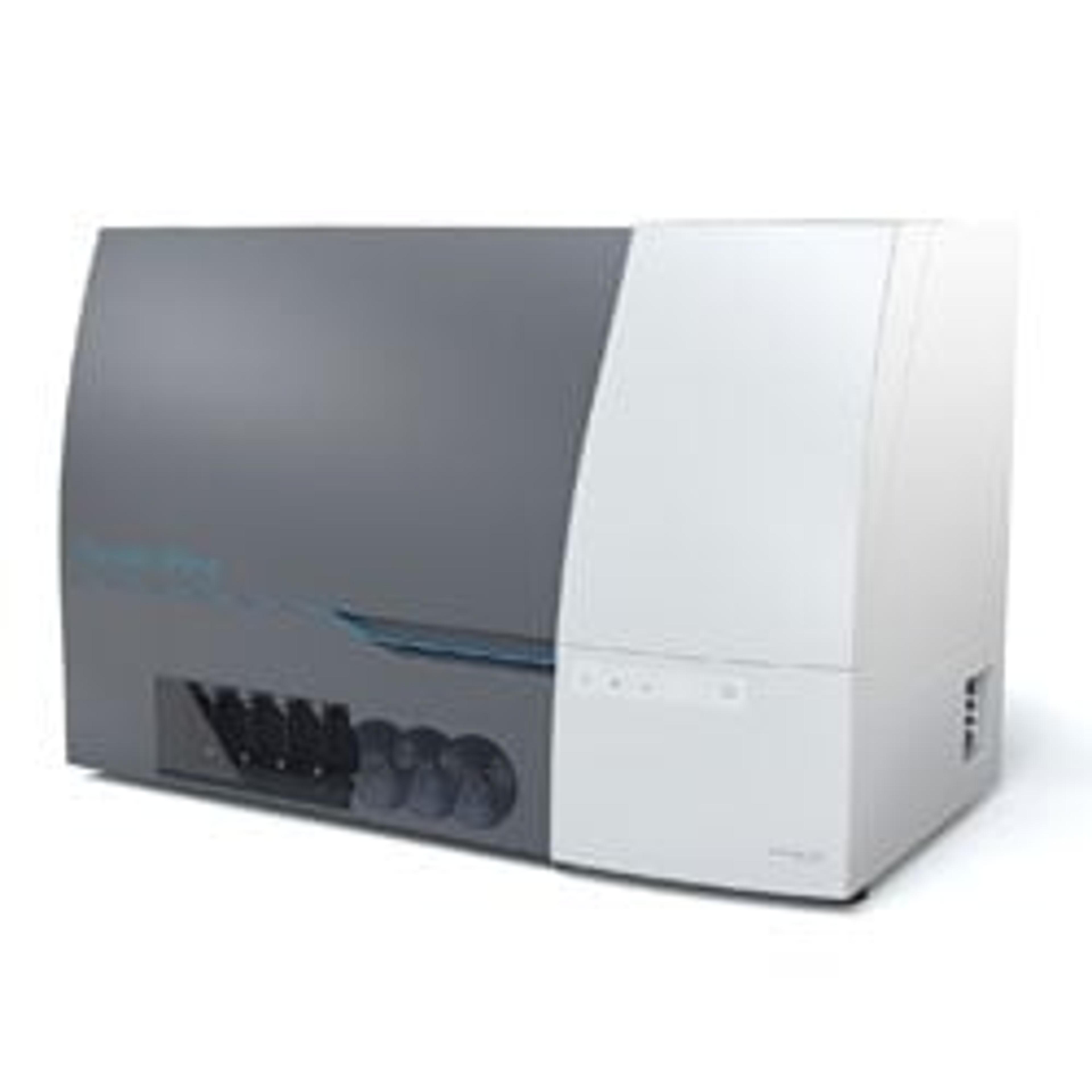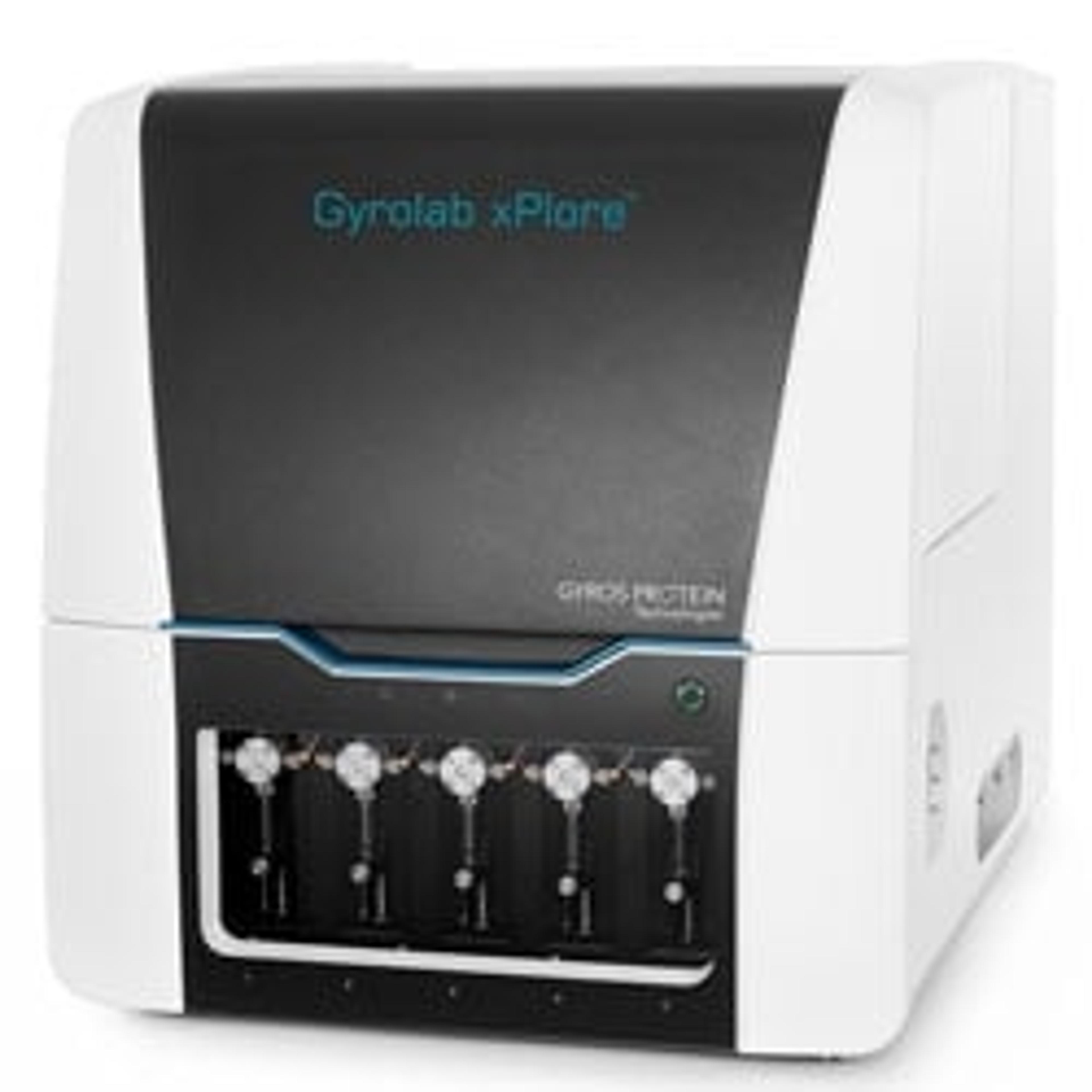Anti-AAV antibody testing emerges as key to gene therapy
Advance gene therapy precision by reliably testing pre-existing AAV immunogenicity
1 Jul 2025
As the global adeno-associated virus (AAV) market is projected to reach $11.1 billion by 2035, gene therapy developers face both unprecedented opportunities and critical challenges. Chief among these is the presence of pre-existing anti-AAV antibodies in patients, an often-overlooked immune barrier that can compromise therapeutic efficacy and derail clinical progress.
In this article, we explore why testing for pre-existing AAV antibodies is essential for successful gene therapy outcomes, and how Gyros Protein Technologies is helping to address this need. With two innovative tools designed to streamline and standardize anti-AAV antibody detection, Gyrolab is enabling researchers to better predict patient responses, accelerate development timelines, and navigate the growing regulatory emphasis on immunogenicity assessment.
Understanding the hidden immune barrier

John Chappell, Scientific Support Manager at Gyros Protein Technologies
As clinical pipelines expand, the need for reliable anti-AAV antibody testing has never been more urgent. As a naturally occurring immune response to AAV exposure, anti-AAV antibodies are found to be present in most patients. They have the ability to neutralize therapeutic vectors which can ultimately render expensive treatments ineffective. "AAVs are naturally occurring viruses, and we've all been exposed to them," explains John Chappell, Scientific Support Manager at Gyros Protein Technologies. "The impact of this is that individuals can potentially have pre-existing antibodies against the vector." Creating a significant clinical hurdle that many gene therapy developers are only beginning to fully appreciate.
AAVs are naturally occurring viruses, and we've all been exposed to them,
John Chappell, Scientific Support Manager Gyros Protein Technologies
Despite significant regional and serotype variation, research indicates that between 30–70% of humans harbor anti-AAV antibodies, and in non-human primates, who are used widely for preclinical research, this number can approach 100%. Such immune responses present unique challenges for preclinical research, particularly when you consider that many patients carry antibodies against multiple AAV variants simultaneously.
There are significant consequences to this pre-existing immunity. "There is potential that they could actually neutralize the virus when it's injected or given as a therapy and, therefore, can neutralize its activity," Chappell notes. Researchers are finding that neutralization occurs rapidly upon vector administration, blocking the therapeutic transgene from reaching target cells. While the impact is often most strongly felt with neutralization, it can also be felt in a number of other ways, including accelerated vector clearance, redirection of vectors to immune system clearance pathways or even the immune related toxicities. At the high doses required for genetic disease correction, these effects are particularly problematic, resolving AAV therapies to their fate of being a one-time treatment.
Researchers are also having to adapt to increasing emphasis on immunogenicity assessment in the regulatory landscape, with FDA guidance highlighting the need for thorough evaluation of pre-existing immunity in a diverse patient population. This evaluation needs to identify antibody-positive patients but also understand cross-reactivity patterns among AAV serotypes.
There are profound implications in pre-clinical and clinical trials, with individual testing for anti-AAV antibodies now being common practice, and subsequently, antibody-positive individuals being excluded from participation. This not only impacts enrolment timelines, but also affects the population size available when making the end product commercially viable, a key factor at play during market assessment and clinical strategy planning. Overall, these regulatory and clinical pressures have generated an urgent demand for a more efficient and standardized testing solution.
The testing challenge: Time, cost, and complexity
Until recently one of the most significant barriers to efficient development of AAV therapies is the limited availability of commercial anti-AAV antibody kits available on the market. Traditional methods of analysis include in-house developed ELISA assays, to measure total antibodies, and cell-based assays, which are used to measure neutralizing activity. These pre-existing assays were complex, as Chappell explains, "You may have to develop both a total antibody assay and also a cell-based assay for each drug product. And then you have to develop it for each serotype and for each drug product.”
For companies racing to take a therapy to market, the time investment involved in traditional anti-AAV assays is a concern. "So, you have to go through the assay development every time you actually use a new therapy, and this can obviously take weeks to months," according to Chappell.
This time bottleneck is further enhanced by the complexities involved in these manual processes. " Most assays require manual development, meaning a specific assay must be developed for each serotype, and most of these are manual ELISA or cell-based assays, which obviously add a lot of time to the development process," Chappell notes. Not only does the manual assay development extend timelines, it also introduces variability and the potential for human error, which is a critical concern in regulated clinical environments.
Traditional testing approaches also consume substantial quantities of expensive AAV capsid material. "Using a high amount of capsid is necessary because, for most assay formats, the capsid needs to be labelled. This uses a lot of the material, which is expensive to produce," Chappell observes.
Automation as the solution
The limitations of traditional testing approaches have generated a demand for more efficient, standardized solutions. Recently, Gyros Protein Technologies have strived to meet this need with the introduction of the Gyrolab® Anti-AAVX Kit. This is one of the first ready-to-use kit of its kind, addressing many of the bottlenecks associated with manual workflows. The kit works by detecting total binding anti-capsid antibodies against the most commonly used AAV serotypes, without requiring serotype-specific assay development.
The kit offers several key advantages, in particular when used in conjunction with the Gyrolab® xPand or Gyrolab xPlore immunoassay systems:
- Eliminating the need for separate assay development for each AAV serotype, by utilizing a generic design.
- Reducing development time from weeks to days, and improving regulatory compliance by ensuring reproducible, well-characterized testing protocols.
- Cutting turnaround time to just 90 minutes, with automated microfluidics for consistent, high-throughput results.
- Optimized costs with minimal capsid consumption. The Gyrolab platform's microfluidic technology significantly decreases the amount of expensive capsid material required per test with no capsid labeling required.
The market looking forwards
The adoption of advanced testing platforms will be critical in the years ahead as the market grows, regulatory standards evolve, and technology advances. With gene therapy continuing to expand rapidly, organizations that can effectively characterize anti-AAV immunity will gain a clear competitive edge. The ability to screen individuals, optimize vector selection, and implement robust preclinical and clinical strategies will be key to distinguishing successful development programs from those that face development bottlenecks. Implementing these innovations today lays the foundation for a more efficient and impactful future in gene therapy.


